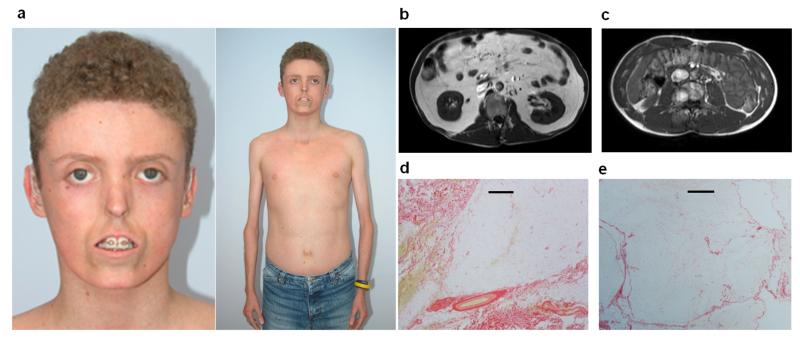Figure 1. Clinical characteristics of patients (full details in Supplementary Table 1).
(a) Patient 1 (aged 15yrs), demonstrating prominent lipodystrophy, small nose, “pseudo”-proptosis, secondary to lack of subcutaneous periorbital fat, tight skin, mandibular hypoplasia, bilateral hearing aids and reduced limb muscles. Informed consent was obtained to use Patient 1’s photo (b and c) Abnormal fat distribution shown by abdominal MRI at level L3 from patient 1 (b) and an age, gender and BMI matched control (c) showing the striking reduction of subcutaneous fat and marked increase in intra-abdominal fat as demonstrated by an increase in high intensity signal. (d and e) Picrosirius red stain of an abdominal subcutaneous adipose tissue image of (d) patient 1 with S605del POLD1 mutation and (e) a representative comparative image of a BMI matched subject. The black scale bars = 500μm. Adipose tissue of the subject with POLD1 mutation shows a considerable amount of fibrosis (in red).

